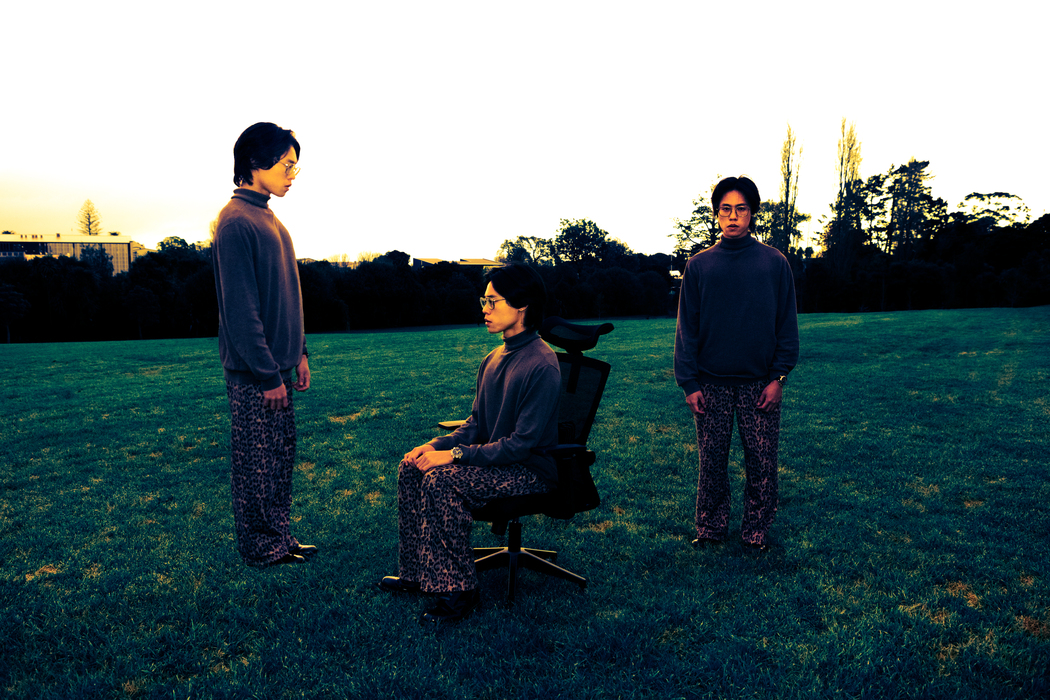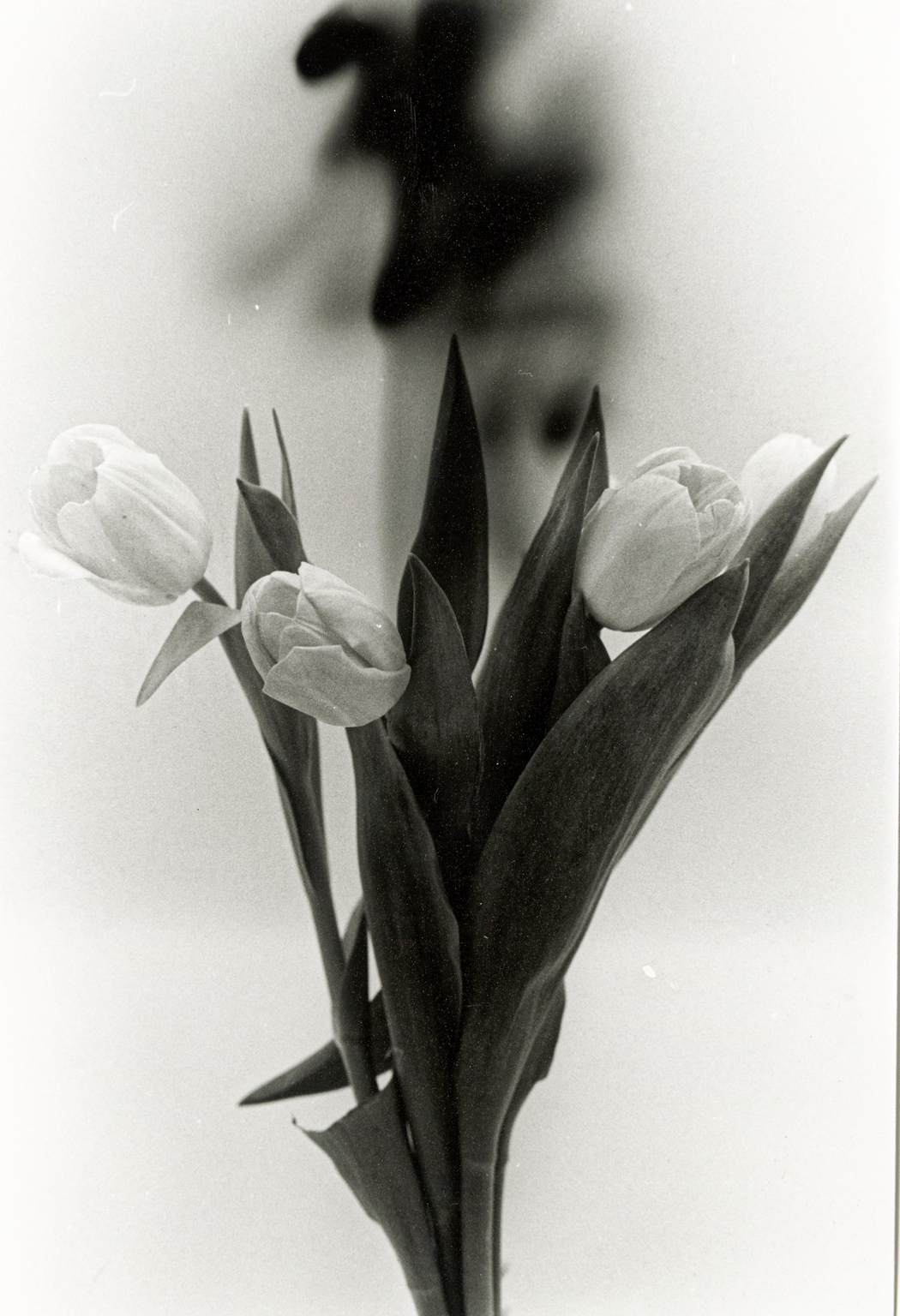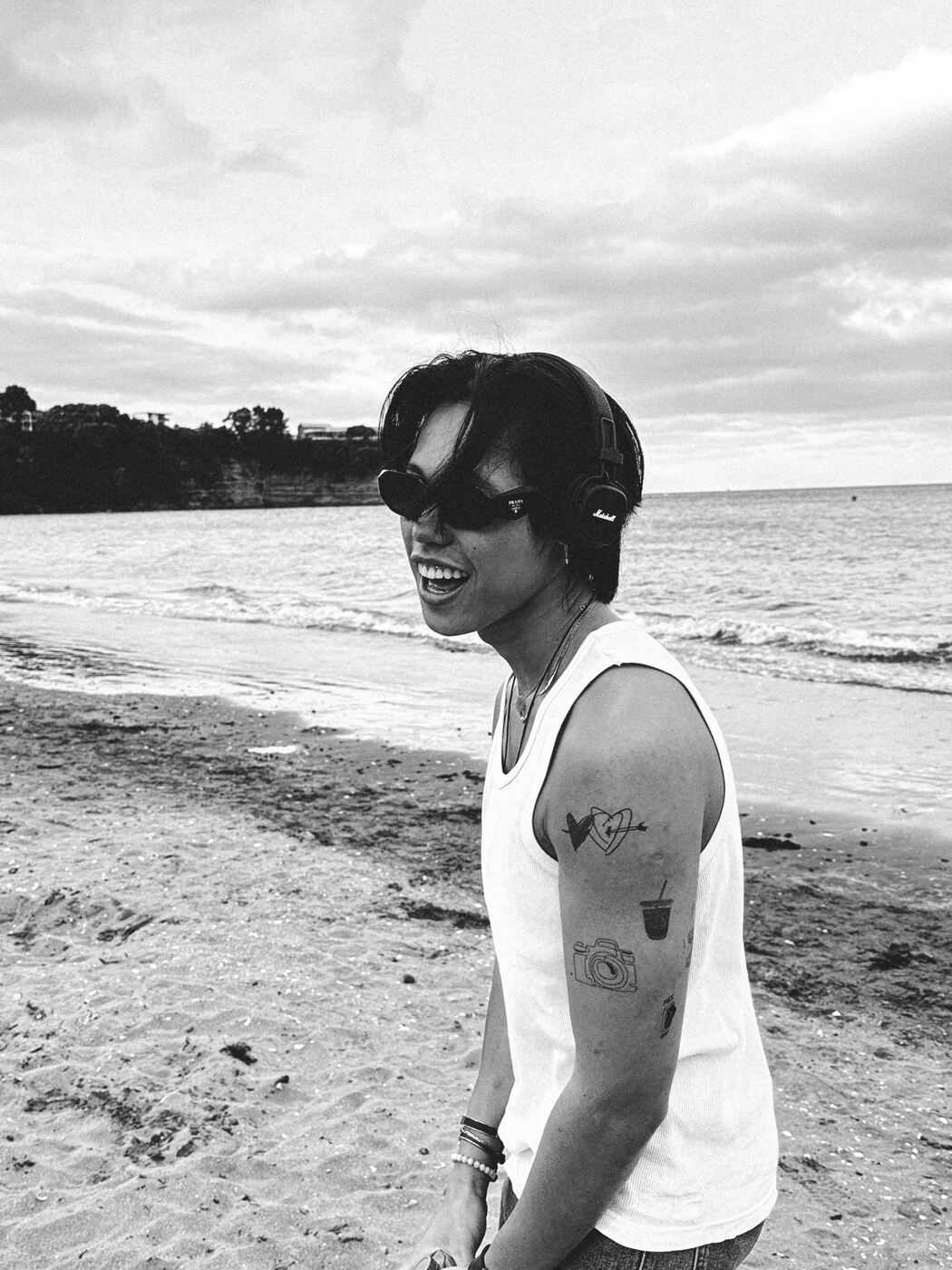Yuhao Liu
Your work often deals with themes of identity and displacement. How has your experience moving between cultural contexts influenced your artistic vision?
I grew up in China and now live and study in New Zealand, often caught between two educational systems, two languages, and two modes of life. This cultural and emotional in-betweenness profoundly shapes my artistic perspective. I see image-making as a form of questioning and self-exploration—a way to examine how identity is constructed, fractured, and reassembled through movement and transition.
You mention being inspired by Wong Kar-wai, who often features McDonald’s in his films. How did this influence your decision to use McDonald’s paper bags in your work, and what does this symbol reveal about the emotional landscape of modern social interaction?
One of my inspirations is the Hong Kong filmmaker Wong Kar-wai, who often features McDonald’s in his films to reflect the emotional undercurrents of modern life. For me, the McDonald’s paper bag symbolizes a contemporary mode of social interaction—one shaped by speed, surface, and performativity. It represents the illusion of connection beneath fast-paced exchanges, where relationships have become increasingly formalized and instrumental, losing warmth and sincerity. This metaphor forms the emotional tone of my work: outwardly polished, yet shadowed by emotional emptiness and a sense of disconnection.One of my inspirations is the Hong Kong filmmaker Wong Karwai, who often features McDonald’s in his films to reflect the emotional undercurrents of modern life. For me, the McDonald’s paper bag symbolizes a kind of contemporary dating culture—both romantic and platonic—shaped by speed, surface, and social performance. It represents the illusion of connection beneath fast-paced social interactions, where relationships become increasingly formalized and instrumental, losing warmth and sincerity. This metaphor informs the emotional tone of my work: bright on the surface, but shadowed by a sense of emotional emptiness and distance.

How does your background in philosophy and psychology influence the way you construct photographic narratives?
Interdisciplinary thinking adds depth to my work, allowing me to view things from multiple angles. Philosophy and psychology especially help me express states that are hard to articulate—emotional tensions, internal contradictions, the unspoken. I don’t tend to construct linear narratives. Instead, I use images to create emotional and conceptual space, allowing conflicting feelings to coexist rather than resolve.
Many of your photos evoke both humor and melancholy. How intentional is this contrast, and what do you hope viewers take away from it?
Yes, the contrast between humor and melancholy is very intentional. Humor draws the viewer in; melancholy asks them to stay. I’m drawn to this tension because we’re often expected to appear optimistic under pressure, even while carrying emotional weight beneath the surface. My work aims to expose this contradiction—how unease seeps through objects and gestures. I rarely want to offer a single, fixedinterpretation. Instead, I hope the work evokes recognition and encourages reflection.

Can you talk about the concept of “roots and flesh” in your work? How do you explore this tension visually?
“Root and flesh” is the way I think about belonging—not as a place, but as a bodily memory. “Root” stands for origin, ancestry, and language, while “flesh” refers to presence, vulnerability, and the lived body. In my work, I use visual fragmentation, layering, and distortion to express the tension between these two forces—they pull apart and intertwine at the same time.
How do you hope your work resonates with audiences who might not share the same cultural or educational background?
I don’t expect audiences to fully understand my cultural background. What I hope is that—even for those from entirely different contexts—there’s a space in my work where they can find their own resonance. That’s also why I aim for openness in interpretation. The work allows for difference; it embraces being read in multiple, even contradictory ways.


Leave a Reply